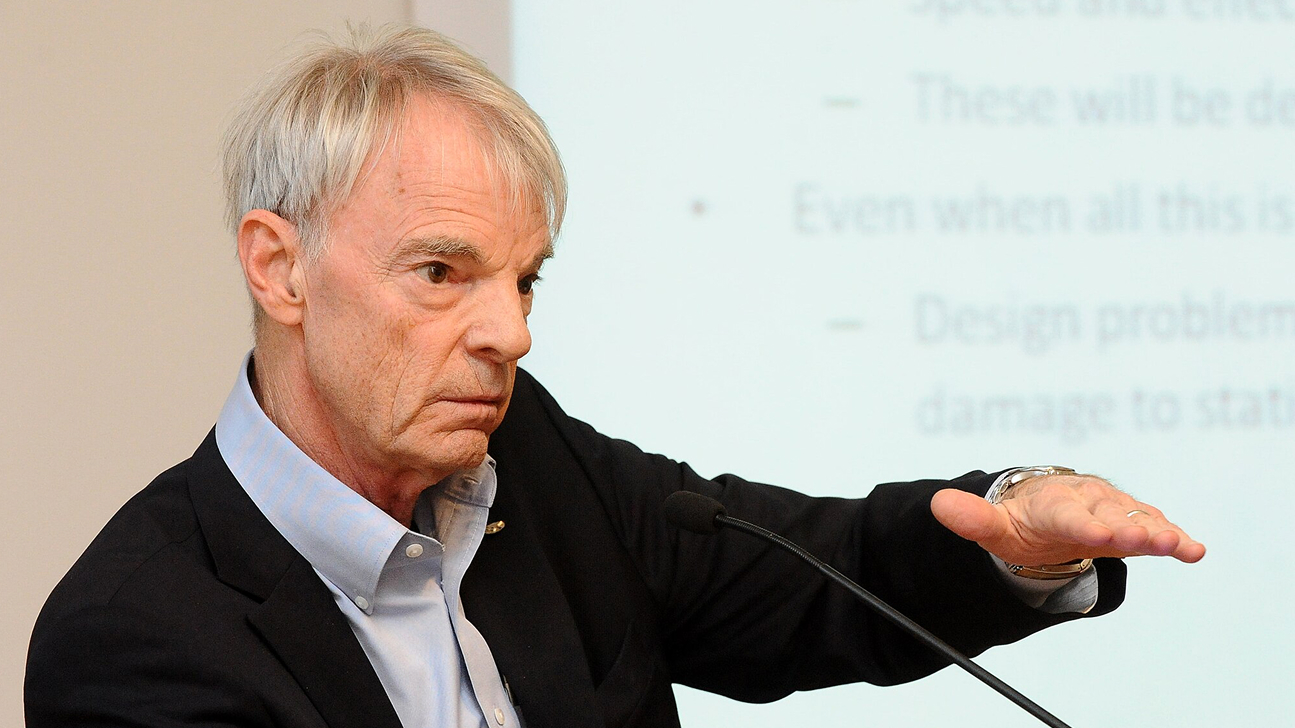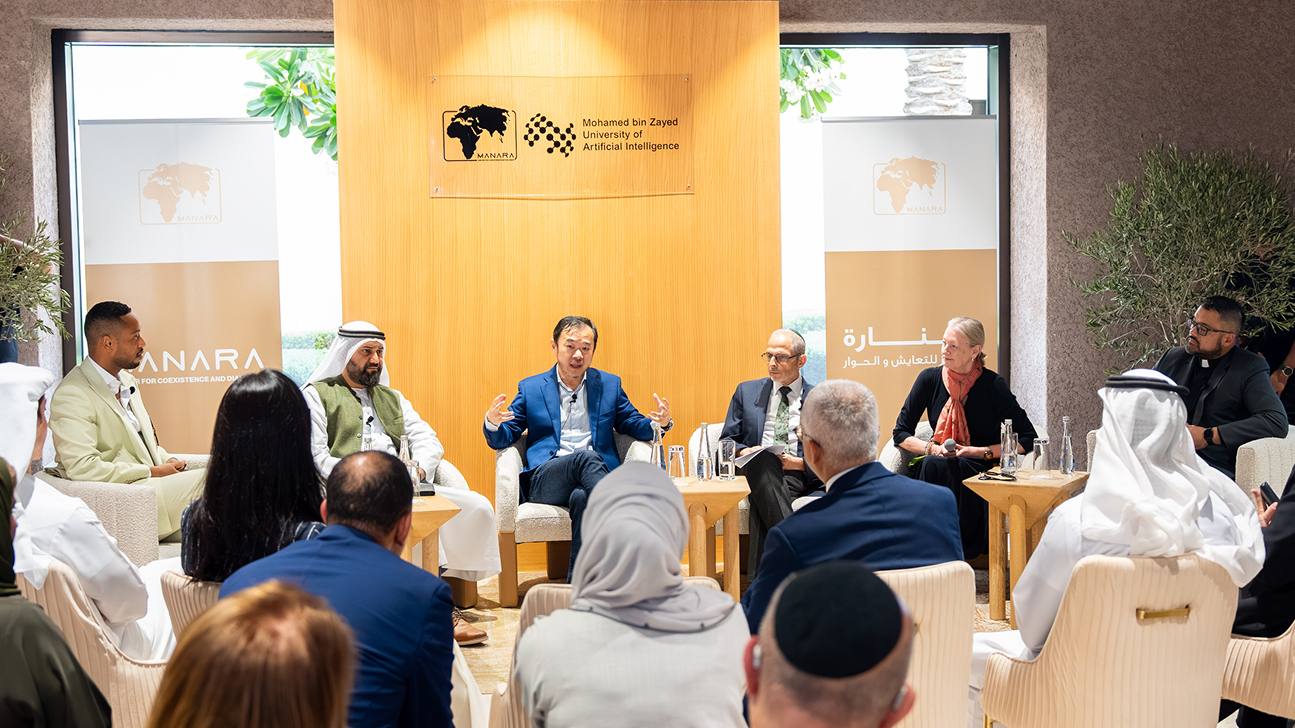Embodied Robot Skills and Good Old Fashioned Engineering
Monday, September 30, 2024
With the advent of the large language models (LLMs), “end-to-end” large robot action models begin to blossom in very recent years with enormous enthusiasm for making humanoids and other robots. Initial results of recent advances seem promising, and major collaborative efforts are underway to collect demonstration data. But where do these large robot action models lead us to?
I will focus on manipulation skills that are necessary for robots to perform action tasks with needed intelligence in a home or a factory, especially for car assembly or electronics assembly. I’ll review and share my perspectives on current trends in robot action task definition, data collection, and experimental evaluation. I argue that to reach expected performance levels in “robot skill acquisition”, we’ll need “good old fashioned engineering”. In industrial automation, an action process is broken down by engineers to a degree that they figure out how it works—the parameters of process—and write down the recipe; then robots are programmed to follow it. This is very similar to the approach of rule-based or symbolic AI (now known as GOFAI, “good old-fashioned AI”). But coming up with hard-coded parameters that capture the processes of general nontrivial physical tasks proved too hard, just as for GOFAI in problem-solving for actual, nontrivial problems. In contrast, humans can be routinely trained to “acquire” dexterous manipulation skills, often using specific tools. Underlining the skill set is delicate hand and eye coordination enabled by multi-modality sensing combining vision and hand tactile perception.
For robot skill acquisition, I argue that we need systematic approaches to combine GOFE and learning, in a modular rather than monolithic framework, such as MANIP, that integrates engineering and modularity with learning. Within this framework, I will examine features of human skin tactile properties with special emphasis on the characteristics which are vital in the design of robot hands. While the role of various mechanoreceptors in the human hand are well understood in relation to the stimuli like force, position, softness, and surface texture, the necessary engineering features of a robot tactile sensor, such as, spatial and temporal resolutions, force sensitivity and dynamics granularity, are yet to be addressed or explored, if we take human hand as a suitable tactile model for achieving human-like levels of robot manipulation skills.
Post Talk Link: Click Here
Passcode: Uux^Zh@3
Speaker/s
Michael Yu Wang is a Chair Professor and the Founding Dean of the School of Engineering of the Great Bay University. He has served on the engineering faculty at University of Maryland, Chinese University of Hong Kong, National University of Singapore, Hong Kong University of Science and Technology, and Monash University. He has numerous professional honors–Kayamori Best Paper Award of 2001 IEEE International Conference on Robotics and Automation, the Compliant Mechanisms Award-Theory of ASME 31st Mechanisms and Robotics Conference in 2007, Research Excellence Award (2008) of CUHK, and ASME Design Automation Award (2013). He was the Editor-in-Chief of IEEE Trans. on Automation Science and Engineering, and served as an Associate Editor of IEEE Trans. on Robotics and Automation and ASME Journal of Manufacturing Science and Engineering. He is a Fellow of ASME, HKIE and IEEE. He received his Ph.D. degree from Carnegie Mellon University.
Related
Nobel Laureate Michael Spence on how AI is redefining the global economy
Nobel Prize-winning economist Michael Spence explains how AI is reshaping the economic landscape and what is needed.....
- digital policy ,
- governance ,
- Nobel Prize ,
- guest talk ,
- guest lecture ,
- economics ,
- Economy ,
- Undergraduate ,
Understanding faith in the age of AI
MBZUAI hosted a panel discussion in collaboration with the Manara Center for Coexistence and Dialogue focused on.....
- connection ,
- discussion ,
- religion ,
- spirituality ,
- faith ,
- conversation ,
- panel ,
- Human–computer interaction ,

